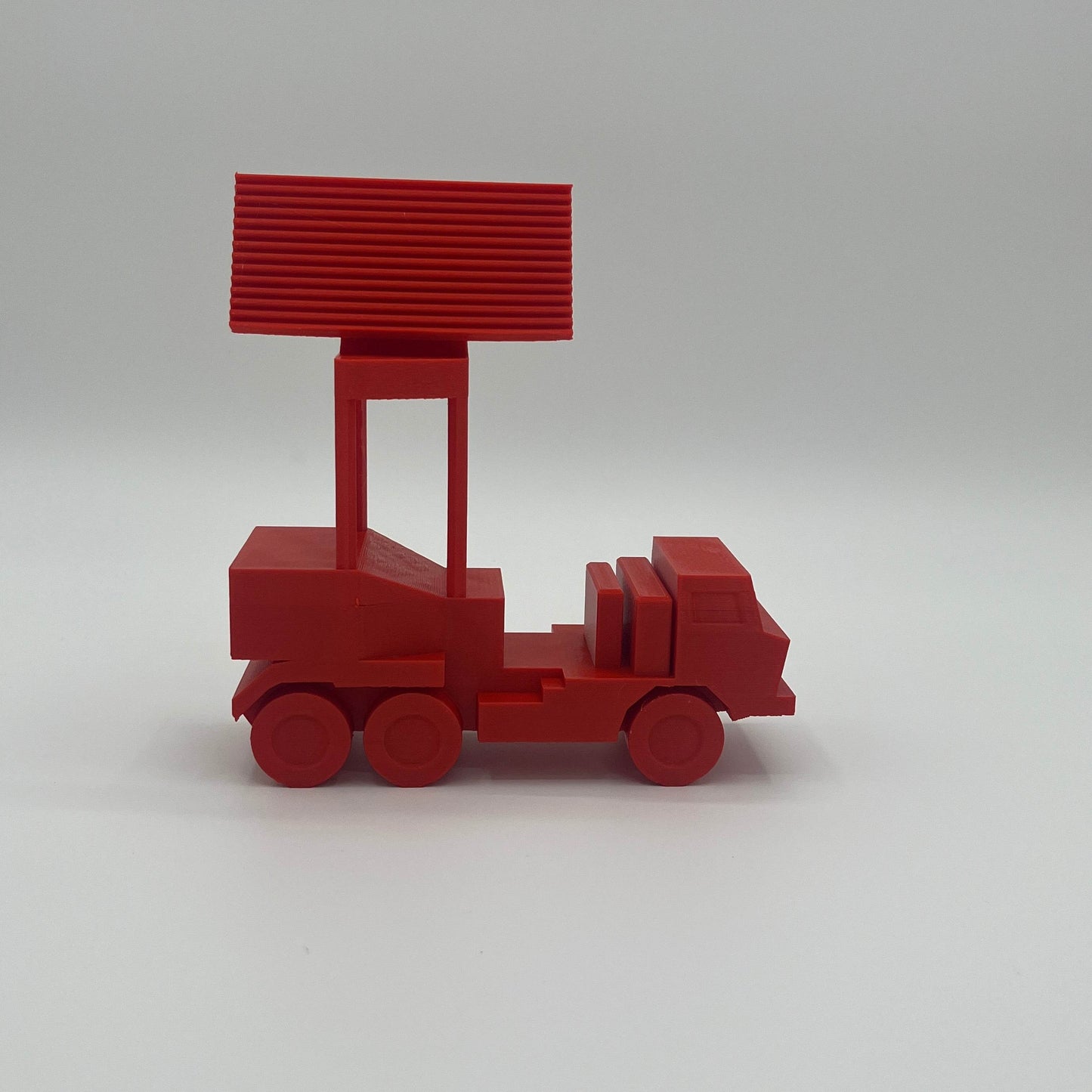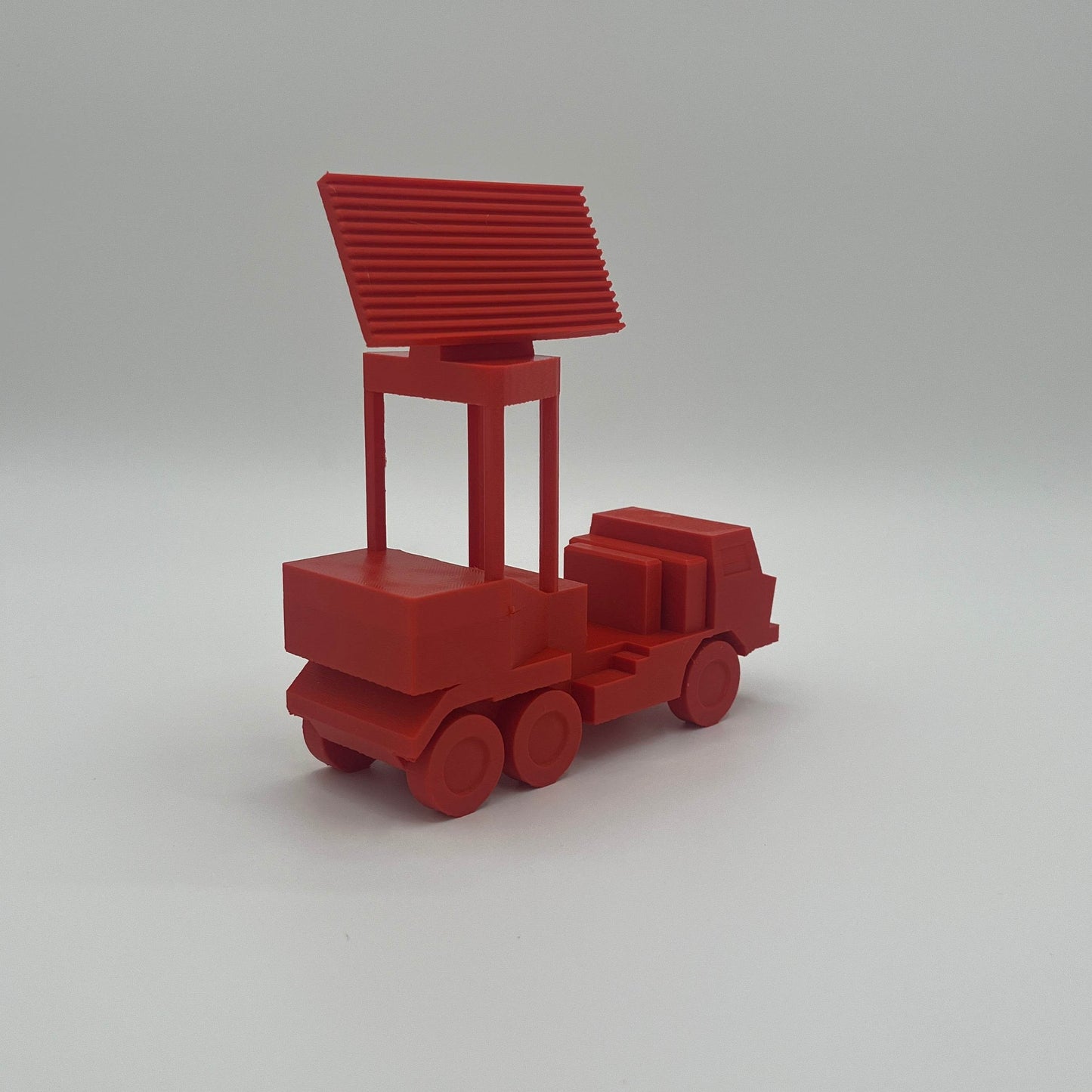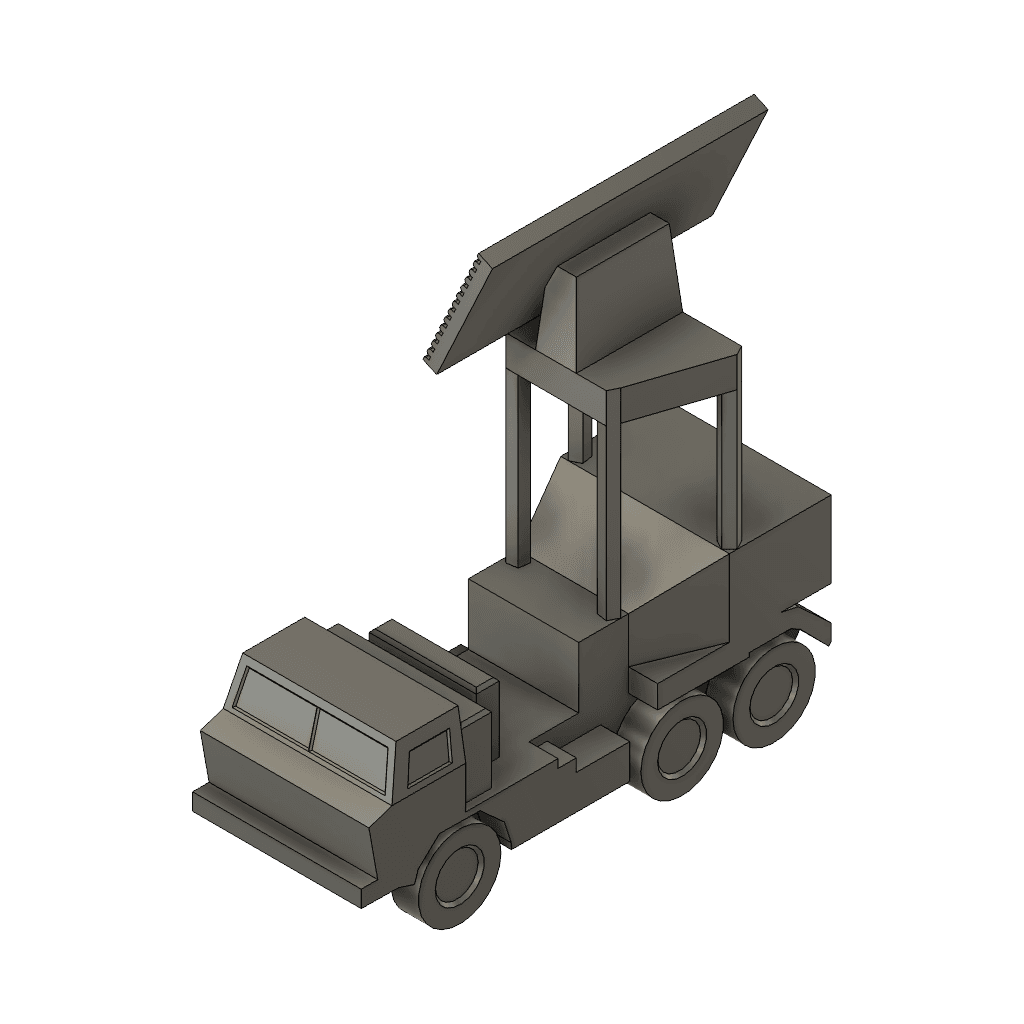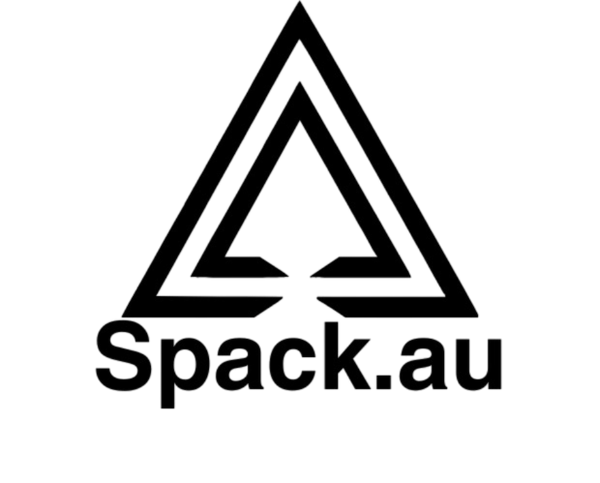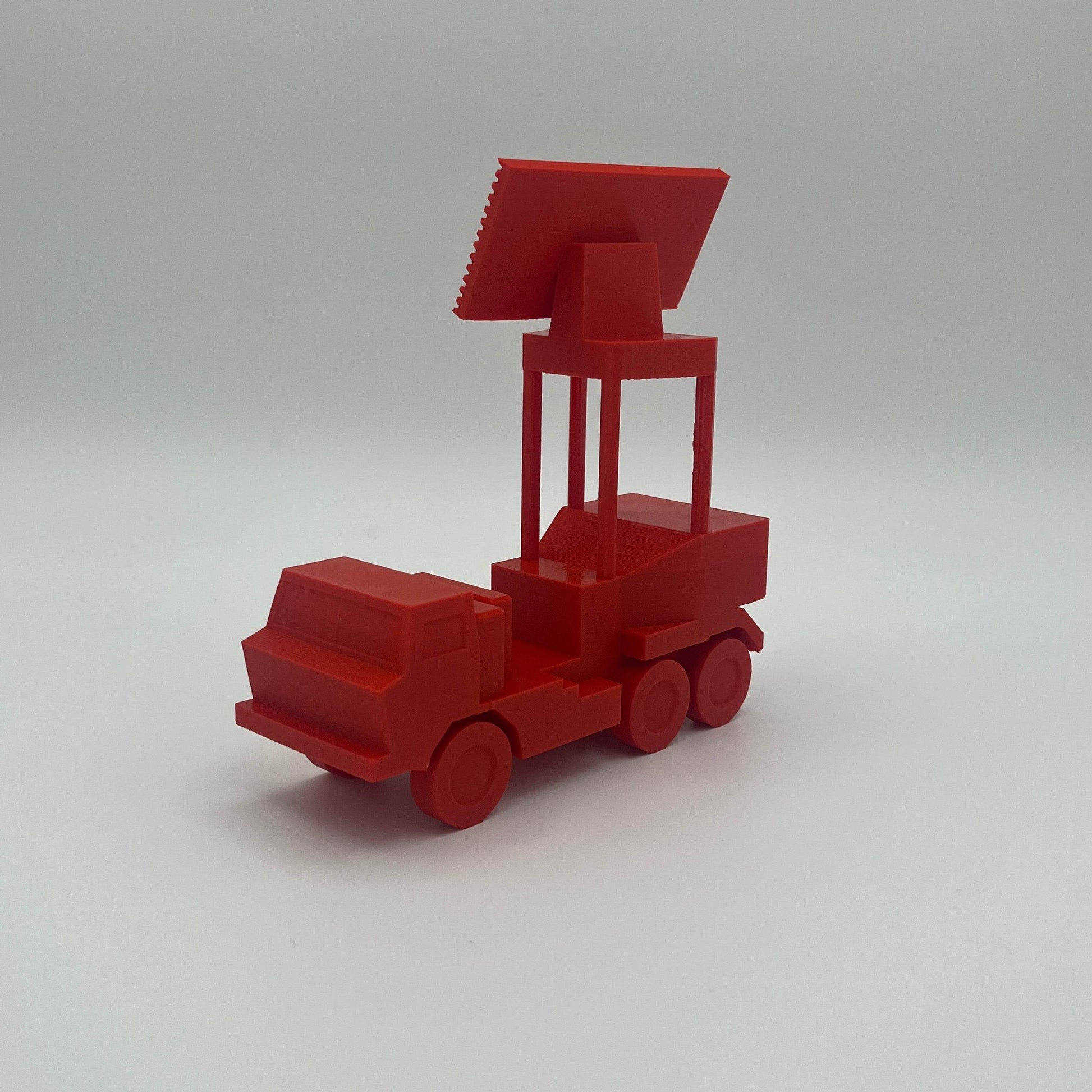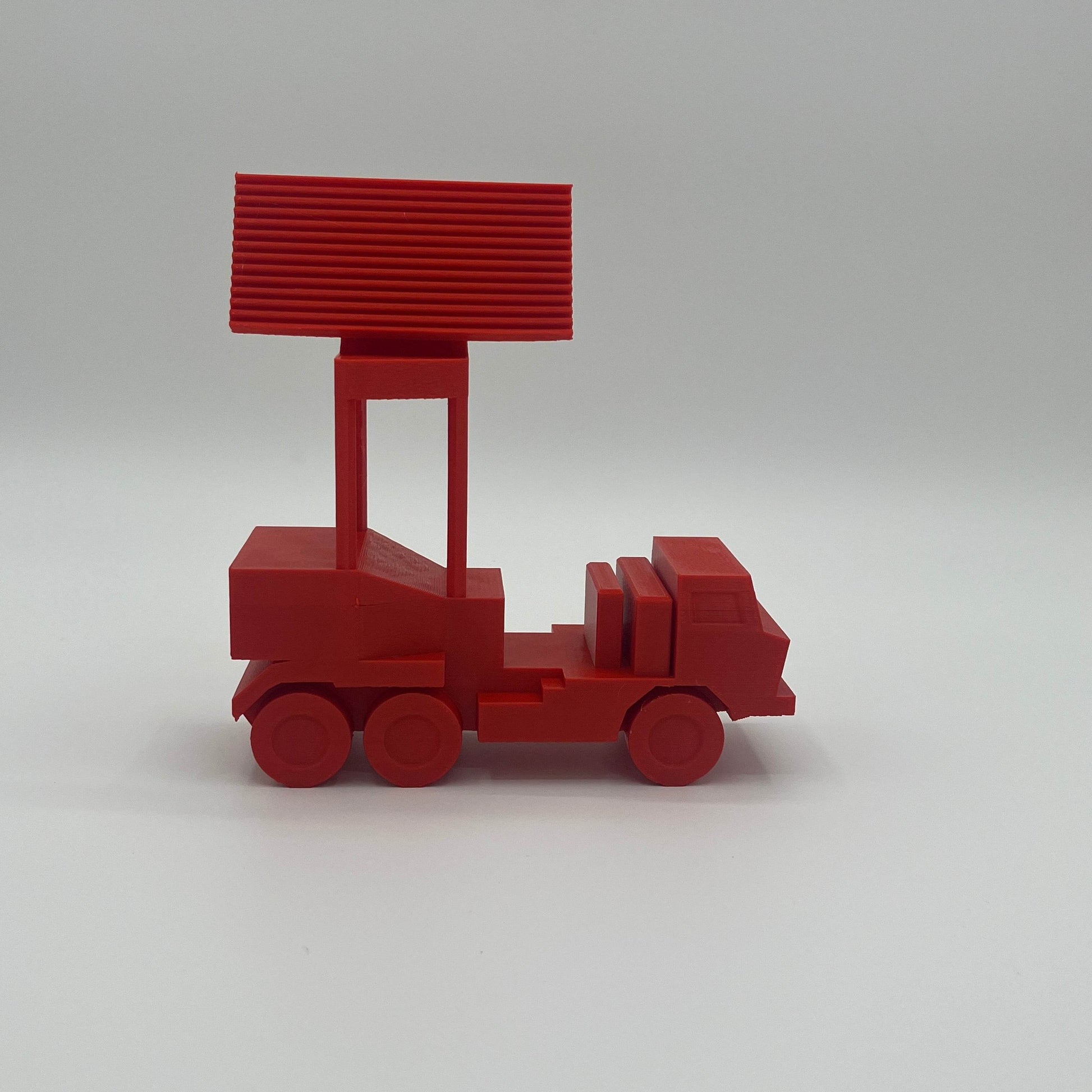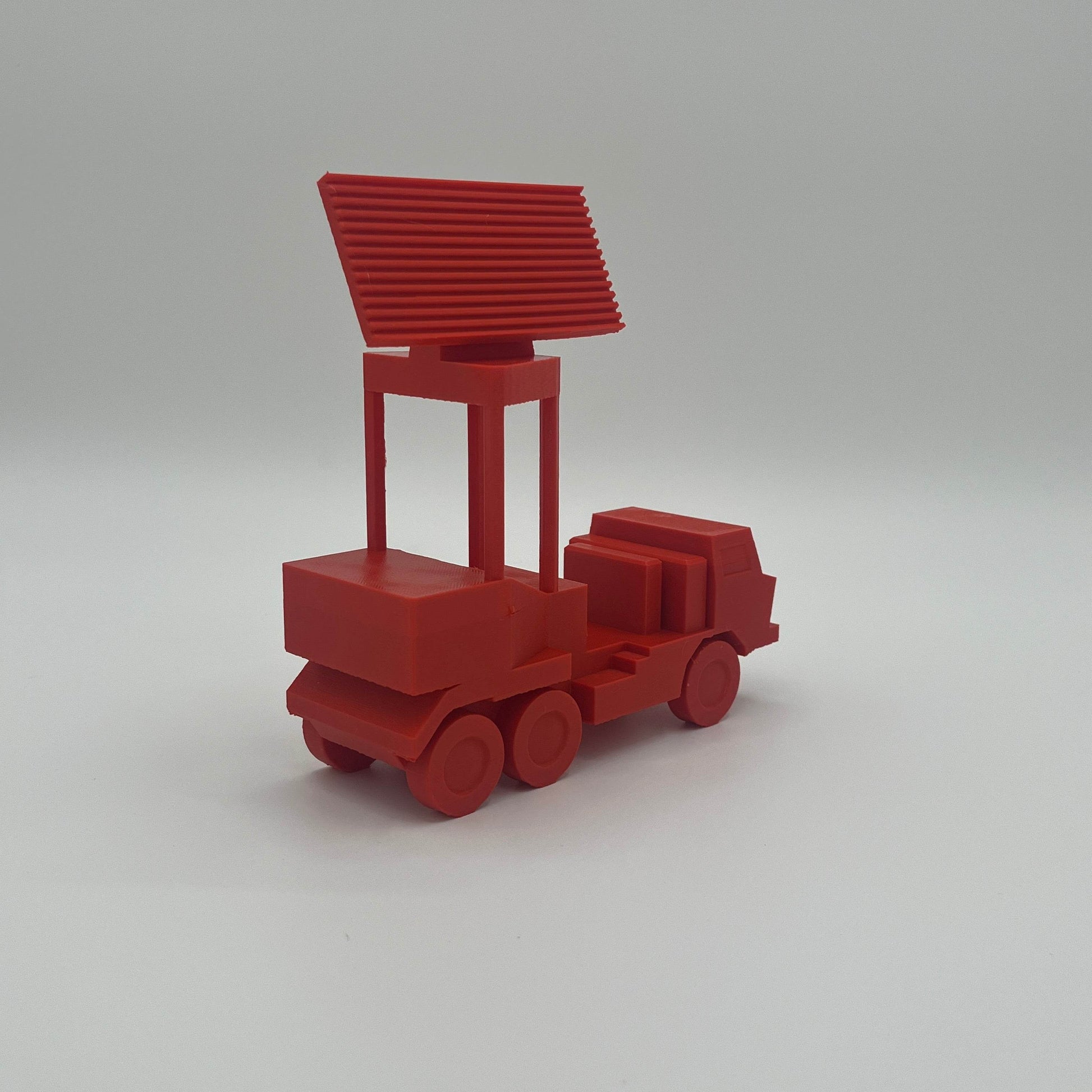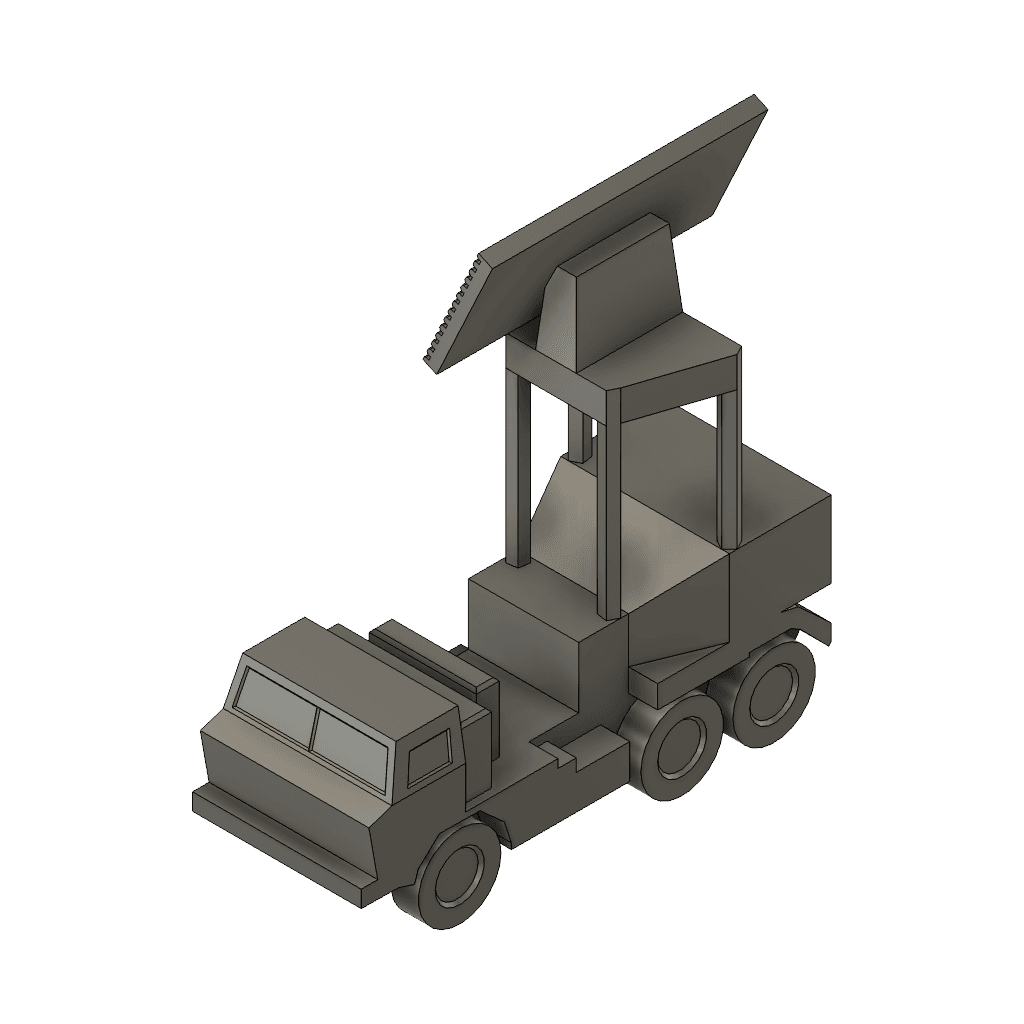Spack.au
Type 120
Type 120
Low stock: 10 left
Couldn't load pickup availability
All models are made to order and are shipped in 1-3 business days.
Get your hands on a durable, scaled 3D printed model of an Australian Defence Force (ADF) armoured vehicle, crafted with accuracy for practical use in tactical displays and training sessions. Built with PLA and/or TPU, this mud model kit features authentic AusCam like Olive Green, Blue force (bluefor), or Red force (redfor), matching the rugged look of ADF vehicles in field exercises.
Each model is designed to meet the demands of orders groups, collectors, and educators, adding realistic detail for strategic planning, orders delivery, and Australian military displays. Ready to use right out of the box, this model is a reliable choice for terrain models and military-inspired dioramas.
Best Use: Orders groups, tactical displays, military collectors, and educational setups.
Add a piece of Australian military precision to your setup. Perfect for collectors, tactical trainers, and those interested in ADF-inspired models.
The LLQ-305A (Type 305A) Chinese Self-Propelled 3D Acquisition Radar is unique and does not resemble any known Chinese radar designs. It is carried on the same Mercedes-Benz NG 80 derived chassis as the Type 120 and Type 305B radars. The antenna design physically resembles existing Western S-band AESAs such as the Thales Ground Master series, or the very much larger Israeli IAI/Elta EL/M-2080 Green Pine ABM radar series. The depth of the primary antenna and its structural frame is typical for AESA designs in this category, using a stacked modular feed network arrangement; this is well documented in a number of Russian AESA designs. The rear face of the antenna frame is largely occupied with voluminous equipment housings, of similar depth to the antenna frame itself, and of equal height. These would be consistent with the installation of low voltage AESA power supplies, cooling equipment, receiver, and exciter hardware. China's industry has previously designed and built large AESAs, specifically for the KJ-200 and KJ-2000 AWACS projects, operating either in the L-Band or S-Band, so the basic technology is available to construct a ground-based radar in this category. Chinese sources have identified the radar as a long-range 3D high altitude acquisition and search design, intended to support missile guidance applications. This type of functionality is consistent with a number of extant dual role acquisition radars, built to support the long-range acquisition of aerial targets at medium to high altitudes, and acquisition of Tactical Ballistic Missile (TBM) category targets. In recent years claims have emerged of an intended ABM or ATBM role for the HQ-9, but no evidence of a suitable acquisition radar for this purpose was ever provided. If the Type 305A is what it appears to be, then it would be the kind of radar required for an ATBM acquisition capability. Until further disclosures are made, a deeper analysis of the Type 305A would be largely speculative.
Materials
Materials
PLA - This solid filament is used to make models that are a refined representation with rigid properties.
TPU - This flexible filament holds the shape of the model and can with stand being twisted and squashed to survive the field environment.
Shipping
Shipping
Free standard shipping and Express for free orders over $300 calculated at the checkout.
All items are shipped from Townsville, QLD.
Shipping World Wide - coming soon.
Care Instructions
Care Instructions
PLA
Temperature:
Keep it cool! PLA starts to soften at around 60°C (140°F), so avoid placing it near heat sources or leaving it in hot cars.
Sunlight:
Prolonged direct sunlight can cause fading and potential deformation. Try to keep it out of long sun exposures.
Cleaning:
Gently wash with warm water and a bit of mild soap using a soft cloth. No harsh scrubbing, please!
Handling:
Handle with care—avoid excessive bending or dropping it, as PLA is rigid and can crack or break.
Storage:
Store in a cool, dry place to maintain its shape and longevity.
TPU
Temperature:
TPU is built to be flexible, but still avoid extreme or prolonged heat. It’s more resilient than PLA, but unnecessary heat can still degrade it over time.
Sunlight:
Try not to leave TPU items in direct sunlight for too long, as UV rays can fade the colors and slowly affect the material quality.
Cleaning:
Just like PLA, a quick clean with warm water and mild soap works great. Use a soft cloth and don’t be too rough.
Handling:
Enjoy its flexibility! However, even though TPU can bend, continuous stretching or heavy impacts might wear it out faster.
Storage:
Keep it in a cool, dry spot away from harsh elements to maintain its flexibility and appearance.
Share

